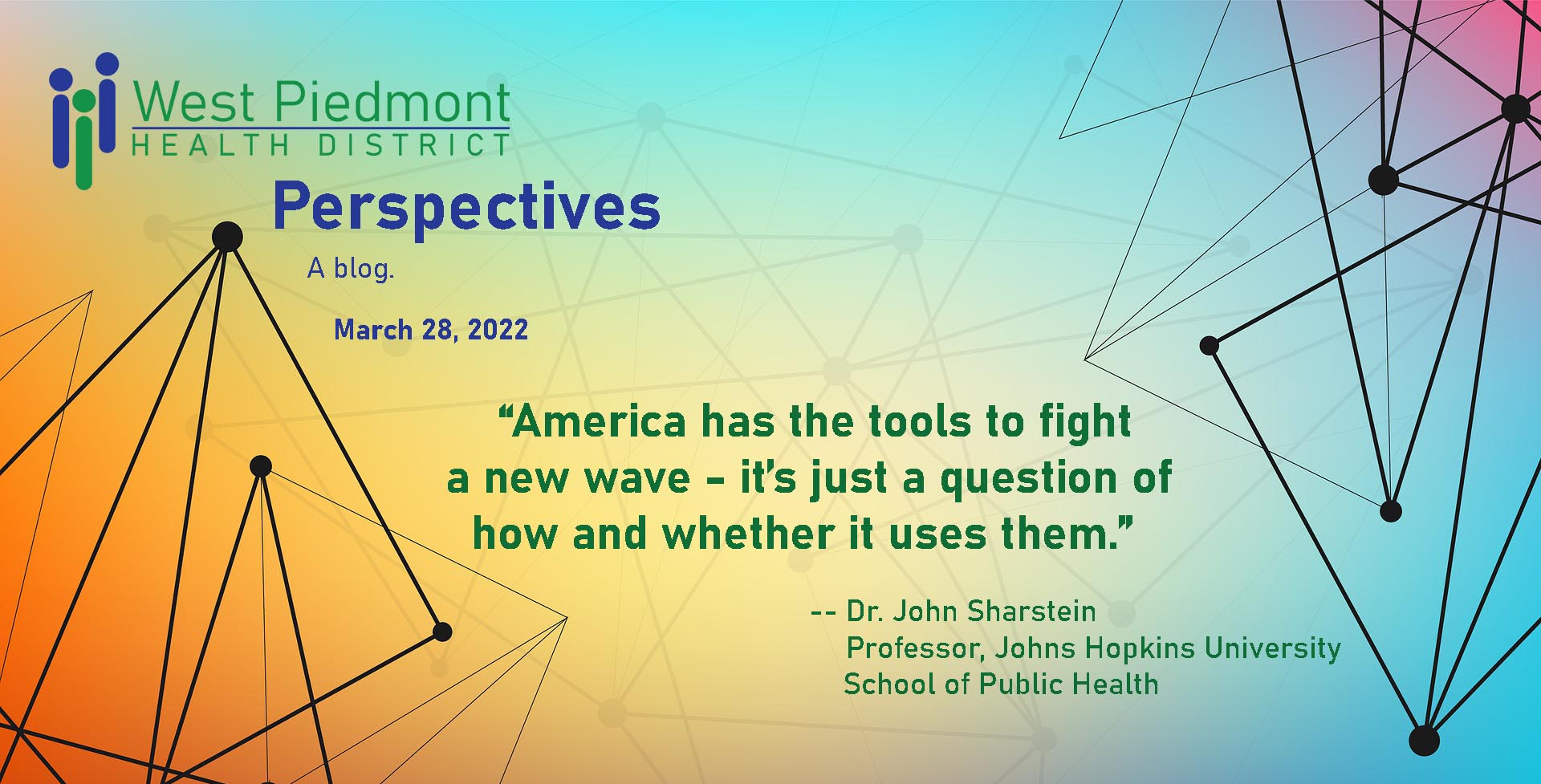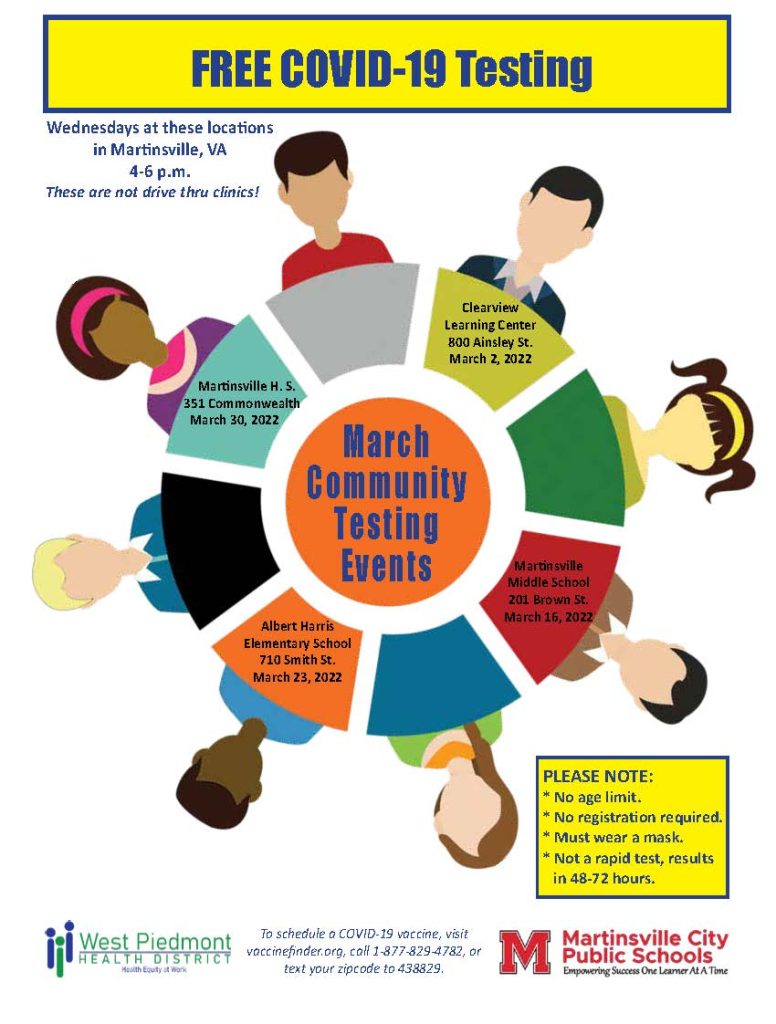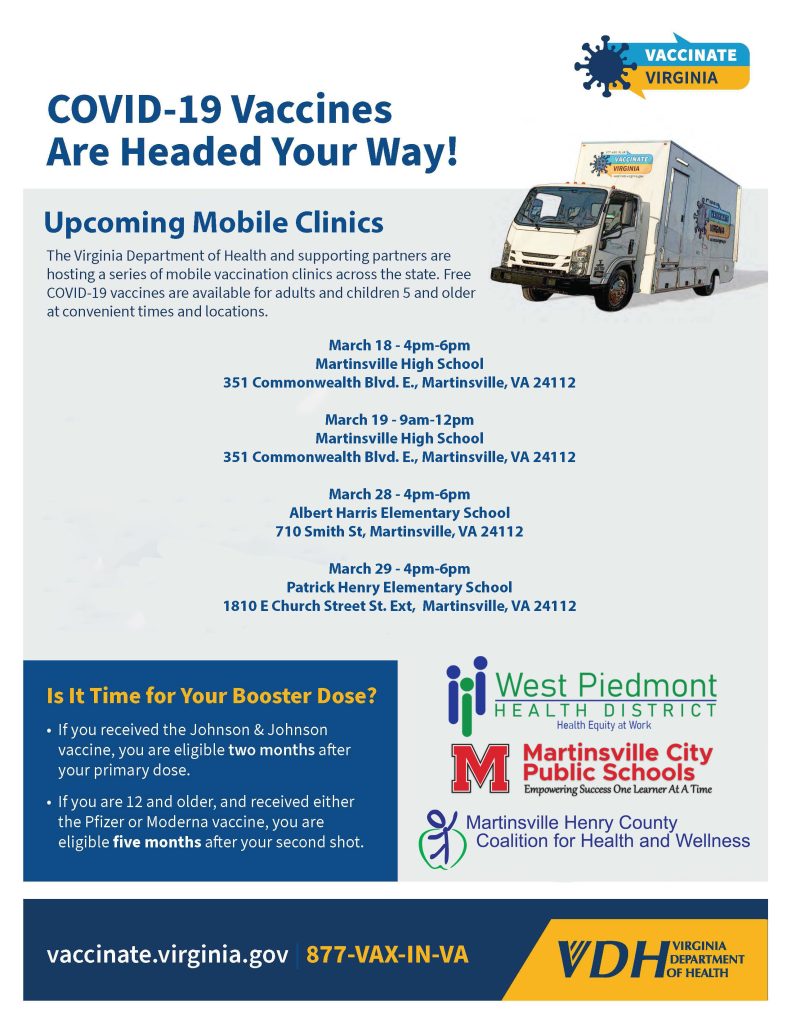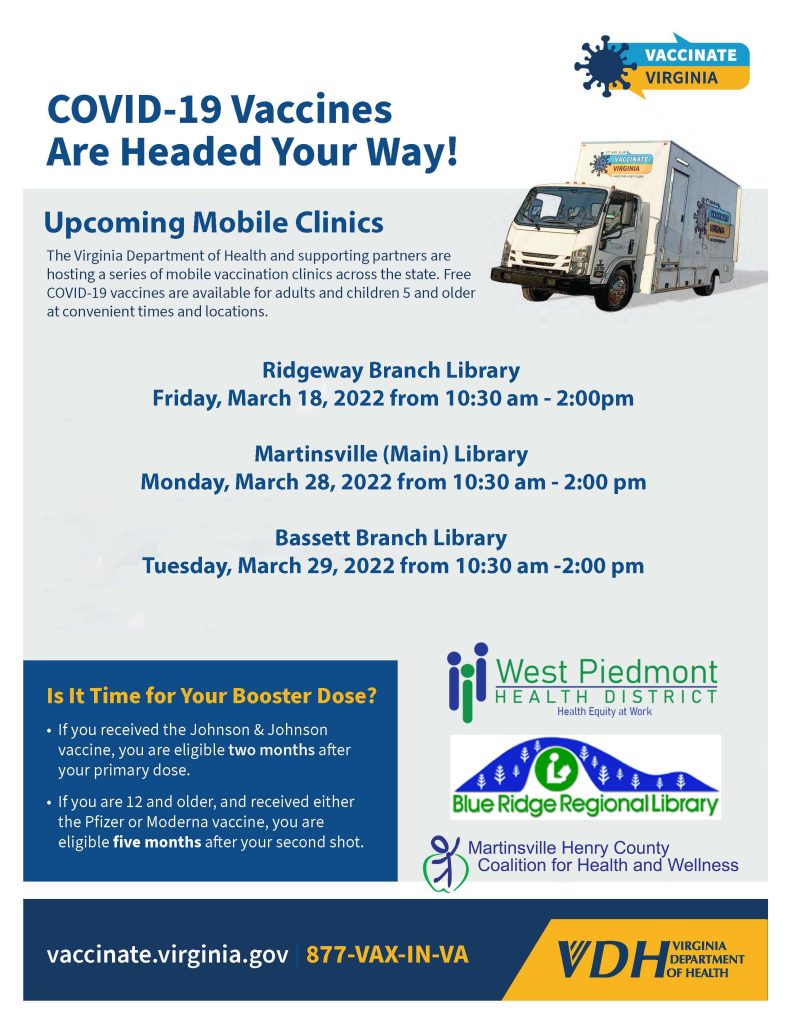
Focus on Facts
* Masks, especially respirators (the high-quality N95s or KN95s) still work to protect individuals if they’re exposed to people infected with COVID-19. N95 respirators offer excellent protection from viral exposure, even if you’re the only one wearing one in a group of people. And manufacturers are getting better at making them more comfortable to wear for hours on end. . . . Whichever protective measures work best in your world, it’s a good idea to gather several weeks’ worth of supplies before cases rise. Vox – 3/21/22
- New evidence shows that a COVID-19 infection can increase the risk of developing Type 2 diabetes within a year. The new findings were published in The Lancet. Researchers looked at medical records of Veterans Affairs patients with coronavirus between 2020 and 2021. Experts found that people who were diagnosed with COVID-19 were 46% more likely to develop diabetes for the first time within a year of infection. Because patients were more likely to develop Type 2 diabetes and not Type 1, researchers believe that the cells’ reduced efficiency is caused by inflammation, an effect that has been observed before with COVID-19. Scripps National 3/22/22
- Not in the US: New Census Bureau data show COVID-19 caused the “largest death spike in a century” in the US—increasing 2020 deaths by 535,000 over 2019, Axios reports.
- Moderna, seeking approval for its 2-dose COVID-19 vaccine for kids age 6 months to 6 years, announced results of 2 interim clinical trials yesterday; no severe outcomes, but efficacy results (37.5%-43.7%) were lower than earlier trials. STAT
- Reassuring evidence is mounting that full vaccination seems to cut the risk of long COVID-19; preliminary findings from studies from the last 6 months tell a relatively consistent story. NPR Shots
News You Can Use
Where Do We Go From Here? A Roadmap for Living with COVID
Everyone pines for their pre-pandemic routines and lives. They want to know how and when they can return to those familiar and well-worn paths for themselves, their families, and their communities, even if they accept that some changes are likely permanent. They are looking for a roadmap of how to go forward along with credible and understandable guidance on when it will be safe and how to reduce their risks.
While the situation in the country has been improving for several weeks, we are not at the next normal yet. More needs to be done before we can transition from an emergency with mitigation measures to the joys and carefree time of not having to worry about COVID.
The purpose of this report is to offer Americans guidance to, and lay out a roadmap for advancing to the next normal. Eliminating COVID is not a realistic goal. Instead, the nation must plan to mitigate its effects, prepare for variants, and build towards a next normal.
In order to develop a new roadmap that takes a comprehensive look at where we have been, where we are, and where we’re going, we assembled a team made up of more than two dozen of the world’s best epidemiologists, pharmacologists, virologists, immunologists, and policy experts. The team of 53 authors and contributors was shepherded by Vice Provost for Global Initiatives at the University of Pennsylvania and former Biden Transition COVID-19 Advisory Board member Ezekiel J. Emanuel, and includes former officials from both Republican and Democratic administrations.
New Tools
Should Your Company Be Concerned about the BA.2 Variant?
In the event of a new surge, employers should take steps to protect vulnerable workers.
Even as masks come off in many areas and overall COVID-19 case numbers drop, the CDC is monitoring the rise of the Omicron subvariant, BA.2. Shared by Health Action Alliance, the new COVID-19 Endemic Readiness Assessment will help your company stay prepared for an uptick in cases and navigate the “new normal” with confidence.
Just for Fun

We now know more about ventilation and air filtration than we have at earlier points in the pandemic. The Environmental Protection Agency just released new guidance on ventilation, and as the weather warms, opening windows and using fans to choreograph good air flow can do a lot to reduce risk during gatherings. When fresh air isn’t an option, air cleaners (think HEPA filters) help — and while many good ones are commercially available, DIY options also work well and are relatively easy to construct.
The Epi-Center

Epidemiology is the science at center of public health.
A woman wears an unusual type of mask to guard against the flu during the 1918 pandemic. At the time, no one knew that influenza was caused by a virus, and "flu" was a catchall term for a suite of infectious respiratory symptoms. But one German researcher thought he had cracked the case when he pegged the disease to a new bacterium in 1893, and his mistake turned out to be momentous.
When you don't know what you don't know . . .
In 1892 a prominent German bacteriologist named Richard Pfeiffer made a mistake—one that would have an enormous impact on the pandemic of 1918 and the next century of medicine . . . Prominent public health official Milton Rosenau recounted in an August 1919 publication: “We entered the outbreak with a notion that we knew the cause of the disease. Perhaps, if we have learned anything, it is that we are not quite sure what we know.”
Today Pfeiffer’s story is a potent reminder of the challenges scientists face when a novel microscopic threat emerges.
“If you don’t know what the unknowns are, you can’t look for them,” said Jeffrey Taubenberger, head of viral pathogenesis and evolution at the National Institute of Allergy and Infectious Diseases (NIAID).
Read the story for a better understanding of the challenges faced by epidemiologists when confronted with new diseases. https://www.nationalgeographic.com/science/article/the-1918-pandemic-mistake-that-changed-medicine-forever
COVID-19 Data
Cases
Over the past 13 weeks by date of illness
Deaths



For Spanish and full-sized versions: https://www.vdh.virginia.gov/west-piedmont/covid-19-vaccine-information
